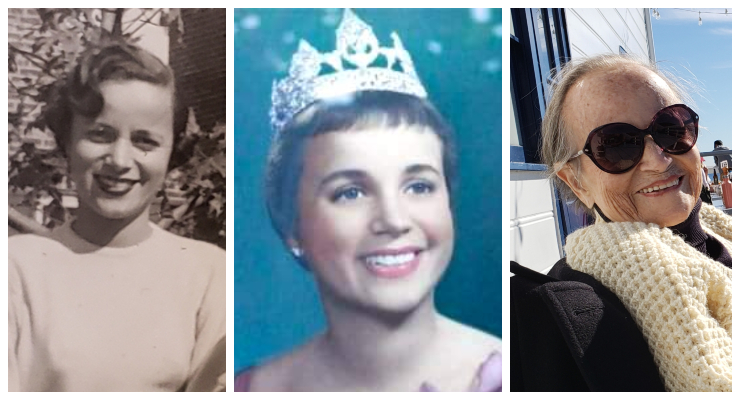Royally Racist: The Fear Behind the One-Drop Rule to Preserve WhitenessPosted in New Media on 2021-03-13 00:14Z by Steven |
Royally Racist: The Fear Behind the One-Drop Rule to Preserve Whiteness
Beacon Broadside: A Project of Beacon Press
2021-03-11
Duchess of Sussex Meghan Markle and Prince Harry are so done with the way the royal family has treated them. We wish the couple and their children all the happiness in the world. Photo credit: Chris Jackson/Getty Images |
The ripple effects from the truth bomb of Oprah Winfrey’s interview with Meghan Markle and Prince Harry will take a while to settle. During their two-hour talk, the royal couple revealed the royal family’s concern with how dark the skin of their child, Archie, would be when he was born. Also, Archie will not be granted a title or protection. Put two and two together, and the reason is clear. Racism is a hell of a drug, isn’t it? Not even Markle’s perceived proximity to whiteness, granted to her as a biracial woman, can protect her son. We may live in the woke times of the twenty-first century, but the royal family’s “concern” is a fear is as old as the slave trade their ancestors took part in. As Yaba Blay writes in One Drop: Shifting the Lens on Race, it’s a historical fear, steeped in colonialism, over preserving the purity of whiteness and the superiority ascribed to it.
The US Census reveals much about the country’s perspective on race. It counts people according to how the nation defines people, and historically, those people counted as Black have been those people with any known Black ancestry. Blacks are defined by the one-drop rule. No other racial or ethnic group is defined in this way, nor does any other nation rely upon this formula; the one-drop rule is definitively Black and characteristically American. It should make sense then that the origins of the rule are directly linked to the history of Black people in the United States, and as such, our discussion of the one-drop rule begins during the period of colonial enslavement…
Read the entire article here.





